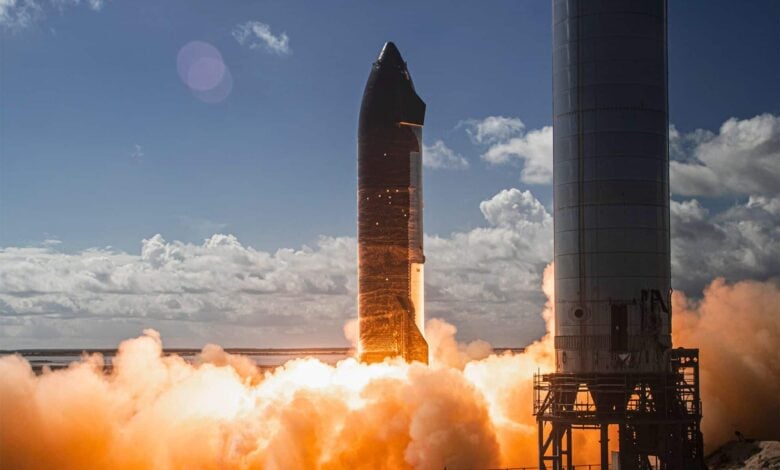Elon Musk’s Mars Ambitions, Starlink’s Celestial Clash

Elon Musk has unveiled ambitious plans for his SpaceX company, aiming to send five uncrewed missions to Mars within the next two years, Arab News revealed.
The success of these uncrewed flights will be crucial in determining the timeline for crewed missions. If all goes according to plan, SpaceX hopes to send humans to Mars within four years. However, any setbacks could delay crewed missions by an additional two years.
While SpaceX is making strides in space exploration, its Starlink satellite constellation is facing growing criticism from astronomers, an article by BBC News mentioned. Researchers at the Netherlands Institute for Radio Astronomy (ASTRON) have warned that Starlink satellites are interfering with radio telescope observations. The second-generation Starlink satellites are reportedly 32 times more disruptive than the first, emitting radio waves that exceed industry regulations. With over 6,400 Starlink satellites already in orbit and plans to launch tens of thousands more, astronomers fear that their ability to study distant galaxies and black holes is being compromised.
The interference from Starlink satellites poses a significant threat to ground-based astronomy. Scientists argue that the constant radio emissions from these satellites are overwhelming the sensitivity of radio telescopes.
To address the growing concern, astronomers are calling for increased regulation of satellite constellations and urging SpaceX to take steps to mitigate the interference. One possible solution is to improve the shielding on Starlink satellites to reduce their radio emissions. However, without significant changes, astronomers fear that the night sky will be dominated by human-made constellations, making it increasingly difficult to conduct astronomical research.






